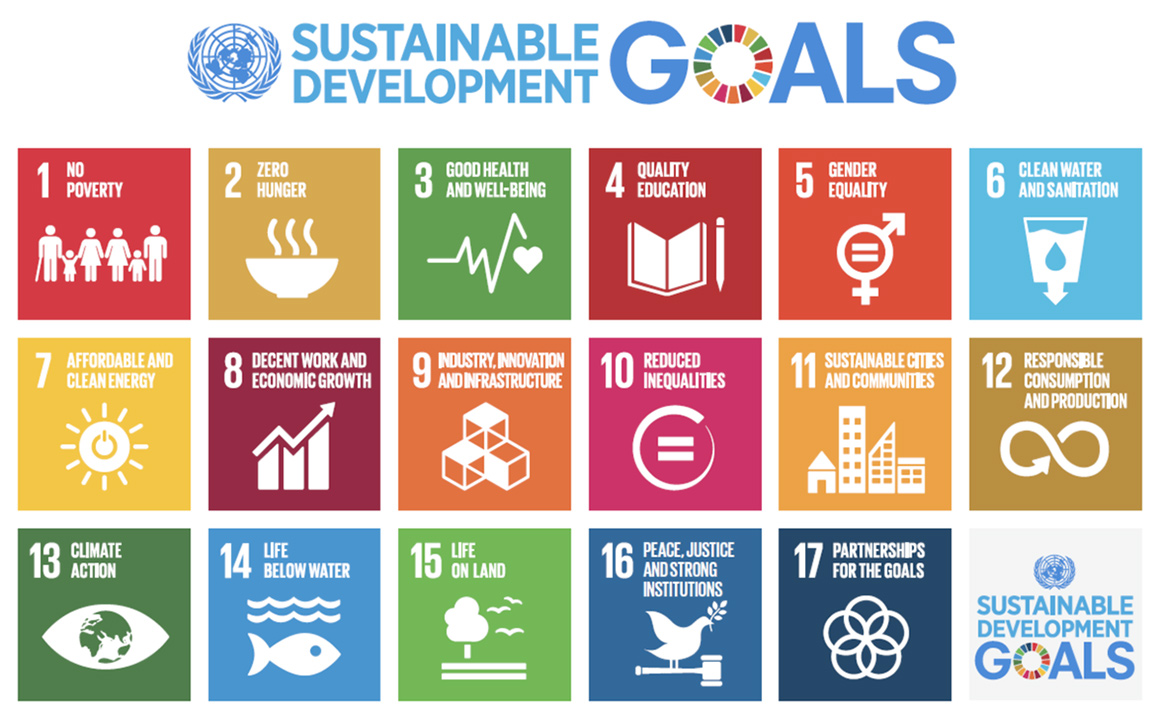
Scoring with sustainable development goals
Aligning with the global Sustainable Development Goals (SDGs) can help real estate organisations to build a coherent and targeted sustainability strategy around a recognised framework.
Aligning with the global Sustainable Development Goals (SDGs) can help real estate organisations to build a coherent and targeted sustainability strategy around a recognised framework.
In the previous articles on building a sustainability strategy, Prospects has examined stakeholder engagement and materiality. Now, we turn to the UN SDGs and how they can be broken down to create goals and targets for real estate companies.
Crispin, Head of Regional Sustainability and ESG at Savills Asia Pacific, says: “Real estate organisations which align with the goals can clearly express their corporate sustainability targets by tying them to these global goals.”
The SDGs in their current form were launched in 2015, building on earlier iterations, and cover 17 goals aimed at ending poverty, reducing inequality and protecting the environment.
The goals include: no poverty, quality education, gender equality, affordable and clean energy and sustainable cities and communities and can be seen in the illustration above.
There is no ‘correct’ number of SDGs with which a real estate organisation should be aligned, as it will depend on which are material to stakeholders, as explored through stakeholder engagement. The number is likely to change and grow over time as the sustainability strategy evolves. However, the UN warns against “cherry-picking” goals which align with easily achievable targets rather than highest priorities.
Some organisations use the SDGs as an framework by aligning their own individual goals with them, whereas those with an existing reporting framework might integrate the goals into this structure.
For example, Singaporean developer City Developments Ltd has embraced 14 of the 17 goals, whereas Savills Investment Management has focused on six SDGs (Numbers 7,8, 11, 12, 13 and 15) and aligned itself with three others (3, 4 and 5).
For example, one of Savills IM’s sustainability goals in its 2020 sustainability report was: “Identify improvements to asset efficiency via technical, energy, water, waste and health and well-being audits,” which aligns with SDG 11 (sustainable cities and communities) and 12 (responsible consumption and production). Another 2020 goal was to publish a Net Zero carbon pathway, in alignment with SDG 13 (climate action), something with Savills IM achieved May this year.
Crispin says: “Linking the SDGs to sustainability targets is good for transparency and accountability, as the SDGs are adopted worldwide by a range of organisations and provide clear common language for sustainability.”
However, he warns: “It is not enough to just adopt the goals and leave it at that. Employees need to understand how the chosen goals relate to their jobs and targets for them to be more than window dressing. For individual goals, businesses should develop an action plan for implementation and monitoring progress.”
Further reading:
Savills sustainability & ESG services



